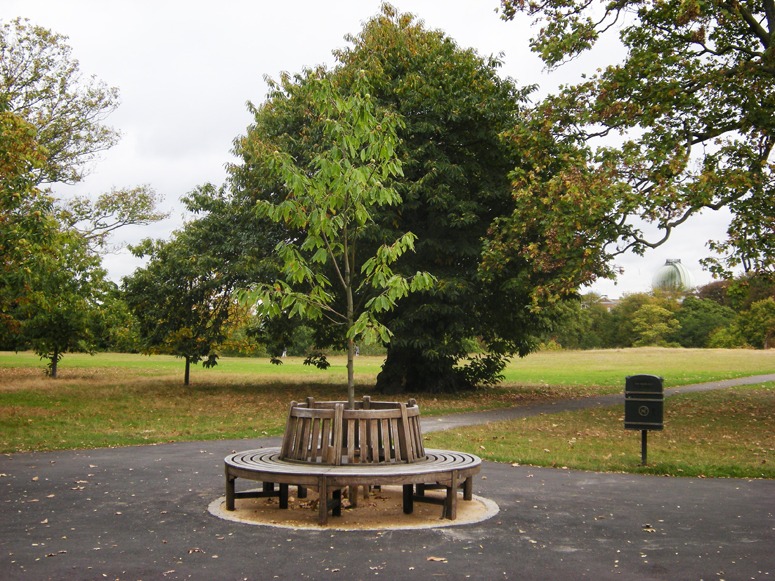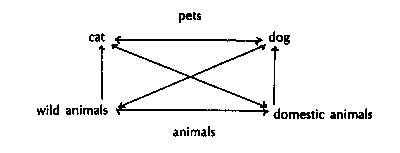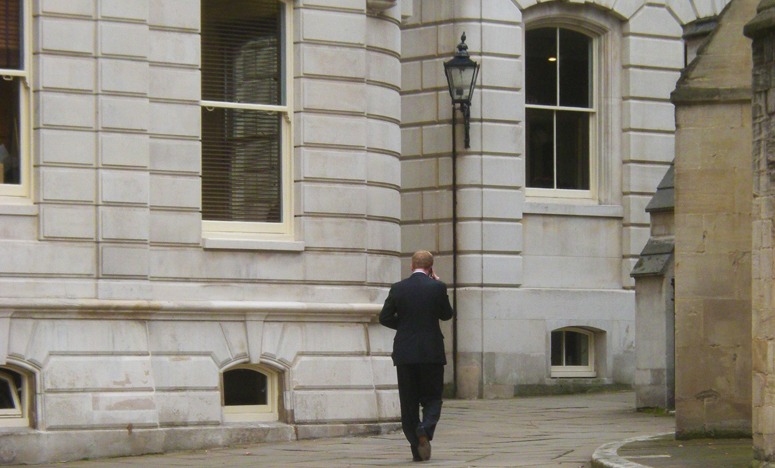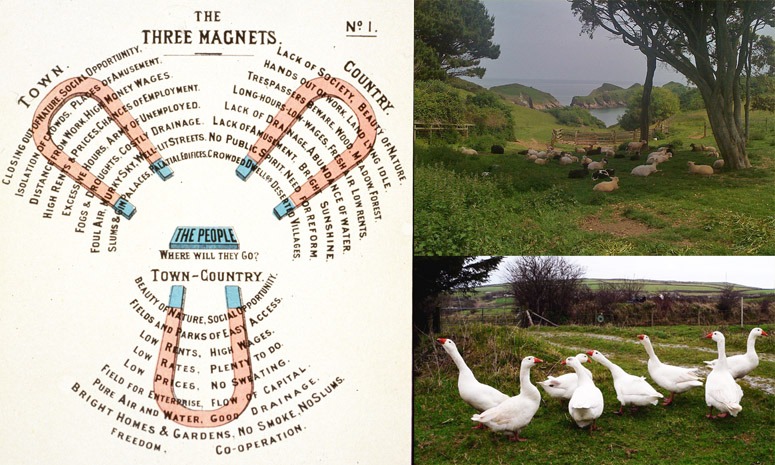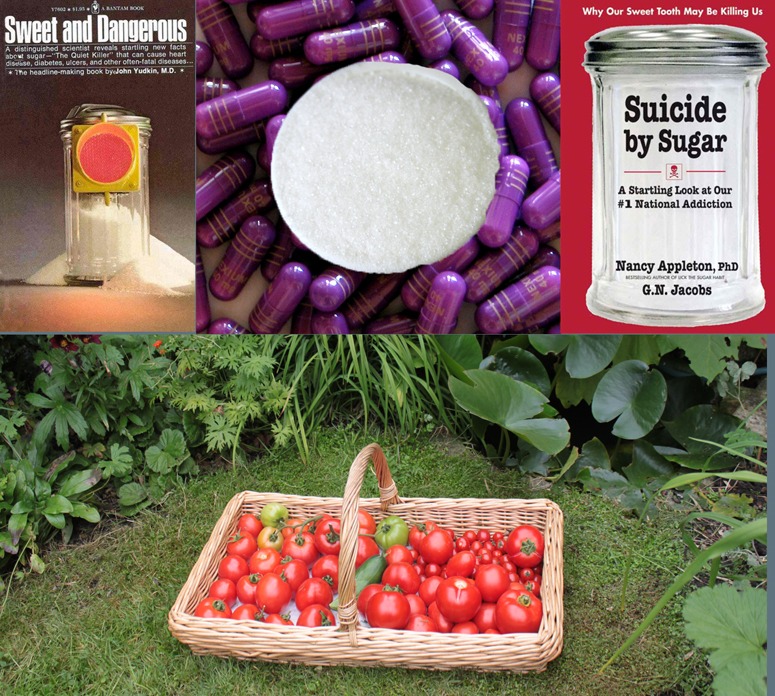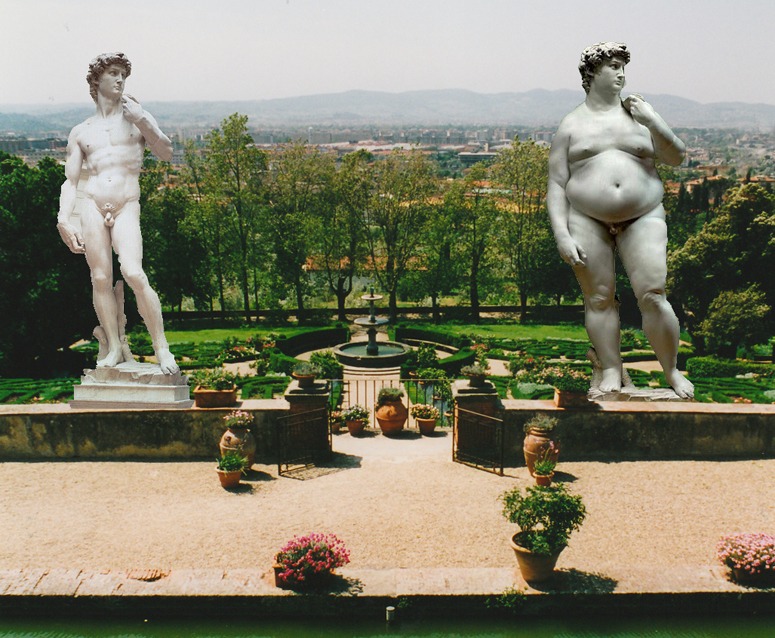
Michaelangelo’s David has wandered from his usual haunt, outside the Palazzo della Signoria in Florence, to visit the nearby garden of the Villa La Petraia. Looking west, he sees his American cousin, Dave, and wonders why he eats so much bread, candy and icecream, and why he has grown so fat, and why he has diabetes and heart disease. The trouble, David concludes, is that so many of his male contemporaries, despite their admiration for his lean figure, became interested in the aesthetic aspect of garden design. In Michaelangelo’s day, the main use of gardens was to grow vegetables and herbs, to flavour the fresh meat hunted on the hills around Florence, and fresh fruit, to eat as a desert. The Baroque style originated in Italy, but was developed in France and then returned to influence Italy. The old beds of fruit, herbs and vegetables then became ornamental and were laced with the clipped box hedges we see in Italian gardens today. Italian nobles turned away from their ‘Palaeolithic’ diet of meat, vegetables and herbs. Instead, they began to stuff themselves with pasta. Baroque navigation took Europeans to the Americas and by the late twentieth century Americans were stuffing themselves with pizza, hamburgers, candy and sweet soft drinks. This gave them the characteristic Dave figure, also seen at Villa La Petraia. Luckliy, Dr. Eenfeldt,, from Sweeden has given the Americans an excellent lecture on the Low Carb High Fat (LCHF) diet and you can see it on Youtube. See also: Sugar may be the world’s worst poison – so the EU subsidises sugar growers through its Common Agricultural Policy (CAP)

